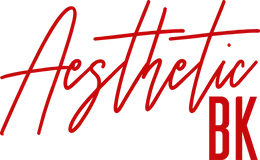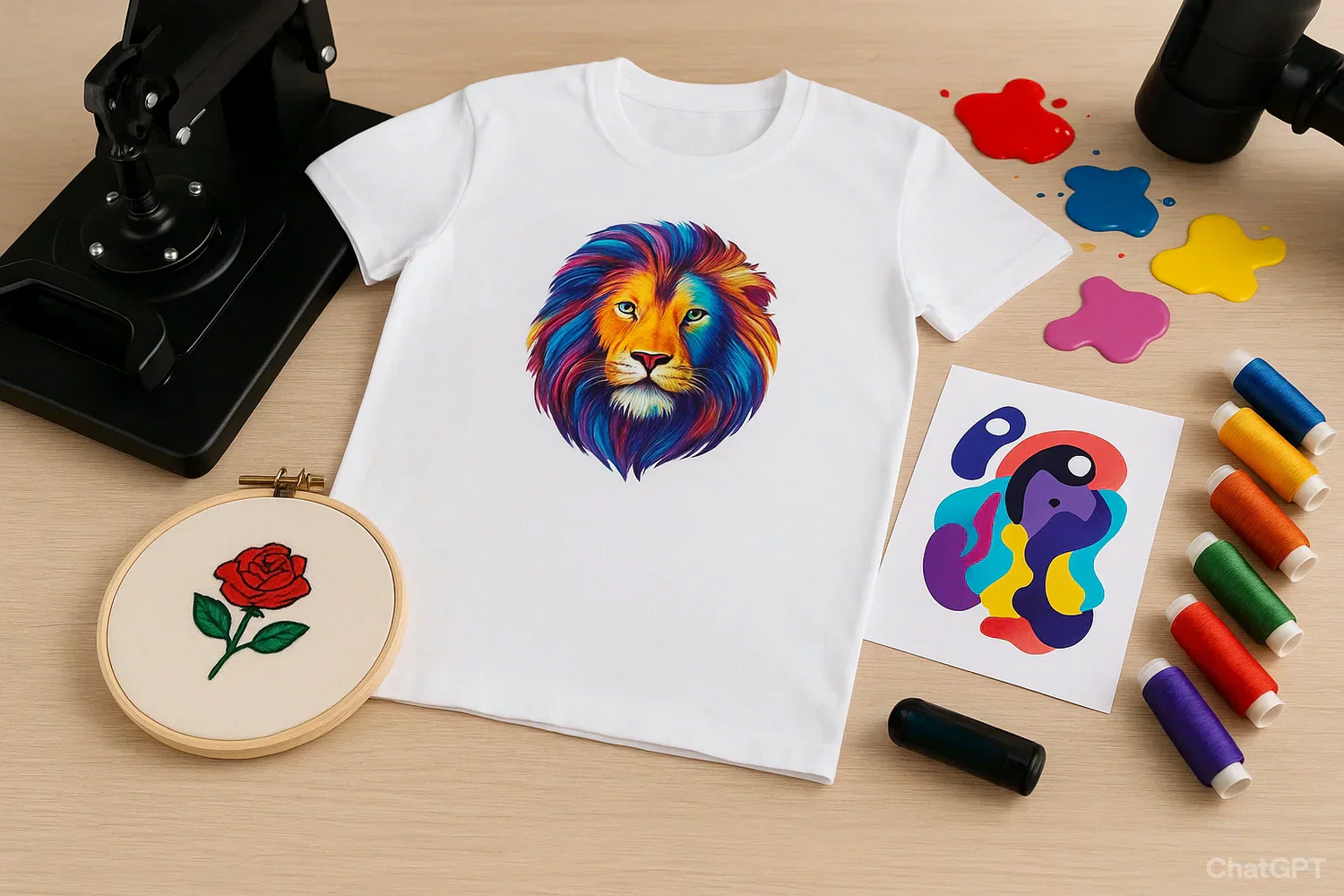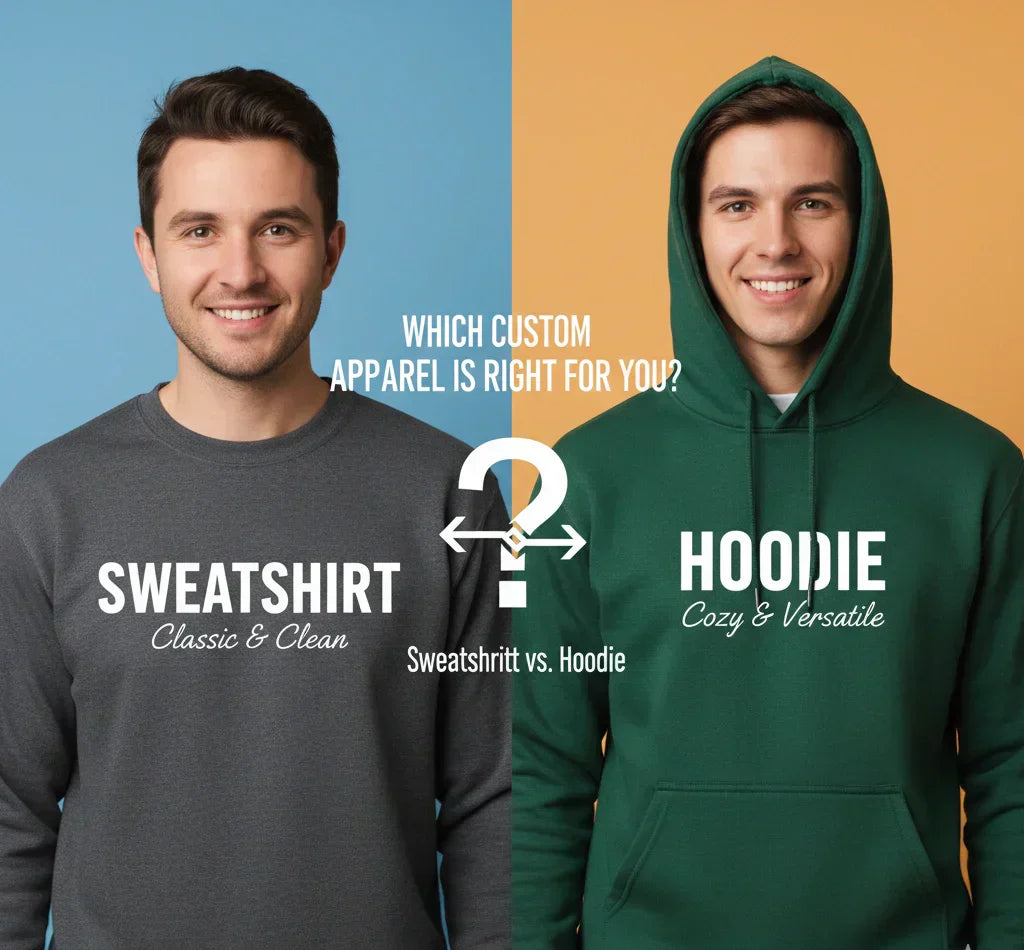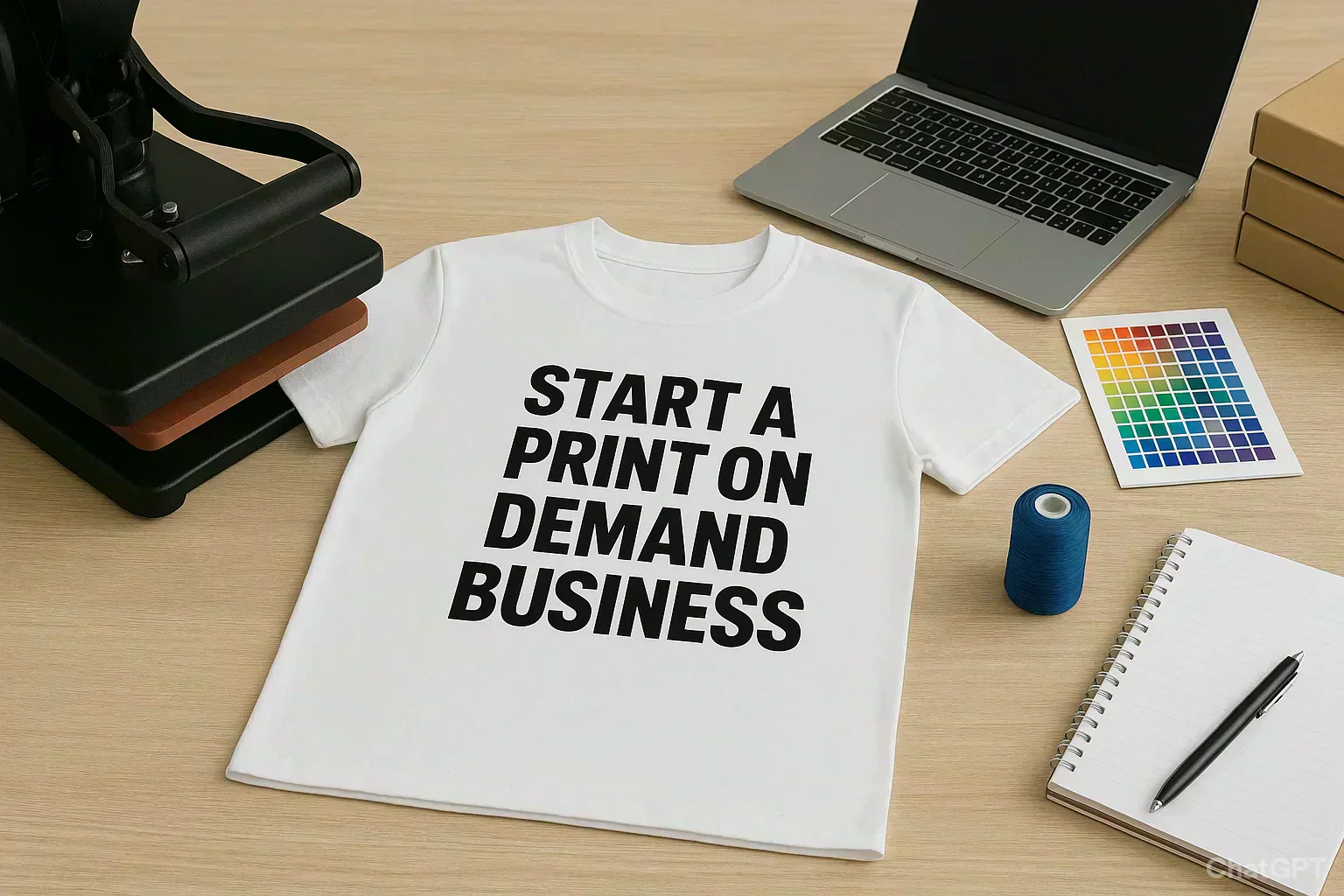Introduction
In 2025, custom apparel is more than just a trend—it’s a way to make a statement. Whether you’re launching a clothing brand, creating merchandise for your business, or designing personalized gifts, choosing the best T-shirt printing method can make or break your final product.
From custom DTG printing to embroidery T-shirt printing, every technique has its own advantages when it comes to quality, cost, and design flexibility. But with so many options—DTF, DTG, screen printing, sublimation, heat transfer, and more—it can be hard to know which one fits your needs best.
That’s why in this guide, we’ll explore the best ways to print on shirts in 2025, compare their pros and cons, and help you match each method to your goals—whether you’re printing for fashion, branding, or personal use.
Key Takeaways
- The best t-shirt printing method depends on fabric type, design complexity, and purpose.
- Options include DTF, DTG, screen printing, sublimation, embroidery, and HTV.
- Consider durability, cost, and eco-friendliness when choosing.
- Matching your design style with the right technique ensures long-lasting, vibrant results.
- Professional printers can help optimize artwork, fabrics, and finishes for the best outcome.
Why Printing Method Matters in 2025
Choosing the best T-shirt printing method isn’t just about looks—it directly affects the quality, durability, and perception of your apparel. In 2025, the demand for custom clothing has skyrocketed, and people expect more than just a basic print on a shirt. Here’s why your printing method matters today:
1. Quality and Durability
Your printing method directly affects how long your design lasts and how well it holds up after multiple washes. Techniques like DTF and embroidery T-shirt printing offer excellent durability and vibrant results, while cheaper vinyl transfers may crack or fade over time. If you're investing in custom apparel—whether for resale, branding, or personal use—choosing a method that delivers long-lasting quality is essential.
2. Cost and Scalability
Not all printing methods are created equal when it comes to budget. Screen printing is ideal for bulk orders and promotional runs, while DTG and custom DTF transfers are perfect for small batches or one-off designs. Picking the wrong method could mean overspending or compromising on quality—so it’s important to match your printing technique to your order size and goals.
3. Brand Identity and Customer Expectations
In 2025, customers expect more than just a printed tee—they want custom clothing printing that feels premium, looks unique, and aligns with their values. T-shirt design trends are leaning toward bold, all-over graphics, minimalistic logos, and personalized details. Embroidery adds a professional touch, while sublimation printing allows for vibrant, full-coverage designs that appeal to fashion-forward audiences. Your printing method helps shape how your brand is perceived, so choose one that supports both your style and your message.
4. Sustainability and Innovation
Eco-conscious printing is no longer a niche—it’s a necessity. New technologies now offer water-based inks, low-waste DTF processes, and energy-efficient machines that reduce environmental impact. Choosing a sustainable printing method not only attracts environmentally aware customers but also reinforces your brand’s commitment to responsible production.
The Best T-Shirt Printing Methods in 2025
In 2025, several printing methods stand out for their quality, versatility, and style. Understanding each method helps you choose the right one based on your design, fabric, budget, and purpose. Here’s a detailed breakdown of the top options:
1. DTF Printing
DTF printing has quickly become one of the best T-shirt printing methods in 2025. Its ability to deliver vibrant, high-resolution designs on nearly any fabric makes it a top choice for fashion brands, small businesses, and personalized gifts. Whether you're printing bold graphics or intricate artwork, DTF ensures your designs pop with color and durability.

How It Works
With DTF, your design is first printed onto a special transfer film using high-quality inks. This film is then heat-pressed onto the T-shirt, bonding the design permanently to the fabric. The result is a smooth, long-lasting print that works on cotton, polyester, and blended materials.
Pros
- Compatible with a wide range of fabrics—great for custom clothing printing
- Produces sharp, vibrant colors that bring designs to life
- Durable and fade-resistant, even after multiple washes
Cons
- Higher setup costs for small batches
- Requires specialized equipment and transfer materials
Best Use Cases
- Limited-edition T-shirts for fashion drops
- Personalized gifts or small-batch custom apparel
- Bold, colorful designs with fine details
2. DTG (Direct-to-Garment) Printing
DTG printing is ideal for anyone looking to create detailed, photo-realistic designs on T-shirts. It’s especially popular for custom DTG printing because it allows for full-color artwork without the limitations of traditional methods. If you're designing shirts with intricate illustrations or photographic prints, DTG delivers professional-quality results with a soft finish.

How It Works
DTG printers use water-based inks that are applied directly onto the fabric. The ink soaks into the fibers, creating a breathable, smooth print. Once printed, the design is heat-cured to lock in color and durability. This method works best on cotton and high-cotton blends for optimal vibrancy.
Pros
- Perfect for complex, full-color designs and gradients
- Soft, breathable prints that feel natural on the fabric
- Minimal setup costs—great for small orders and custom clothing printing
Cons
- Works best on light-colored fabrics; dark shirts may need a white underbase
- Slower production speed compared to screen printing for bulk orders
- Best Use Cases
- Custom T-shirts for personal use or small-batch gifts
- Fashion brands producing limited runs of high-quality designs
- Photo-realistic prints, illustrations, and multi-color artwork
3. Screen Printing
Screen printing is a classic method that has been used for decades in custom clothing printing. Known for its durability and vibrant colors, it remains one of the best methods of printing on t-shirts, especially for bulk orders or bold designs.

How It Works:
The design is separated into individual colors, and each color is applied to the shirt through a mesh screen using ink. Once all layers are printed, the shirt is cured under heat to lock in the design. This technique works best on cotton or cotton-blend t-shirts.
Pros:
- Produces vibrant, long-lasting prints that withstand multiple washes
- Cost-effective for large batches
- Works well on a variety of t-shirt colors and fabrics
Cons:
- Less practical for small orders due to setup time and cost
- Complex, multi-color designs require more screens and time
Best Use Cases:
- Bulk printing for corporate merchandise, events, or team apparel
- Bold, single-color or limited-color designs
- T-shirts for heat press alternatives in larger production runs
4. Sublimation Printing
Sublimation printing is perfect for all-over, vibrant designs, especially on polyester or polyester-blend t-shirts. It’s considered one of the best types of printing for t-shirts when you want colorful, seamless graphics that won’t crack or peel.

How It Works:
The design is first printed onto a special sublimation paper using sublimation inks. Using heat and pressure, the ink turns into gas and bonds directly with the polyester fibers, creating a permanent, full-color print. This method only works effectively on light-colored, polyester-rich fabrics.
Pros:
- Creates vibrant, all-over, photo-realistic prints
- Prints become part of the fabric, so they don’t fade, peel, or crack
- Ideal for intricate, detailed, or gradient-heavy designs
Cons:
- Only works on polyester or polyester-blend fabrics
- Light-colored t-shirts are preferred; dark fabrics don’t show sublimation well
- Not suitable for cotton t-shirts, limiting fabric choice
Best Use Cases:
- Custom clothing printing for sportswear, activewear, or promotional shirts
- Fashion brands offering colorful, full-coverage designs
- Personalized gifts with detailed or photographic artwork
5. Heat Transfer Vinyl (HTV)
Heat Transfer Vinyl, or HTV, is a popular choice for custom clothing printing that combines flexibility, durability, and ease of use. It’s ideal for creating bold designs, custom logos, and personalized text on t-shirts, hoodies, or other apparel.

How It Works:
HTV involves cutting designs out of colored vinyl sheets and then heat-pressing them onto the fabric. The heat and pressure cause the vinyl to adhere permanently, creating a crisp, raised, and long-lasting design. This method works on most fabrics, including cotton, polyester, and blends.
Pros:
- Produces vibrant, durable designs that resist cracking and fading
- Great for small runs, personalized gifts, and custom logos
- Works on a variety of fabrics, making it versatile for custom t-shirts
Cons:
- Not ideal for very intricate or multi-color designs due to layering limits
- Can feel slightly raised on the fabric, which some people may notice
- Requires a heat press for professional results
Best Use Cases:
- Personalized t-shirts, hoodies, and team uniforms
- Small-batch custom clothing printing or single orders
- Bold typography, logos, or simple graphic designs
6. Embroidery for Print on Demand
Embroidery is a premium and timeless method in print on demand embroidery that gives your custom t-shirts a professional, textured, and durable finish. It’s perfect for logos, monograms, or small designs that need to stand out with high-quality detail.

How It Works:
In print on demand embroidery, threads are stitched directly into the fabric using automated embroidery machines. This creates a raised, long-lasting design that looks professional and elegant. It works best on thicker fabrics like cotton, blends, or polo-style t-shirts, making it ideal for print on demand products.
Pros:
- Adds a high-end, professional look for print on demand apparel
- Extremely durable, resisting fading, peeling, or cracking even after multiple washes
- Ideal for small, detailed designs such as logos, names, or emblems
Cons:
- Not suitable for large or intricate graphics
- Slightly higher cost compared to standard printing methods
- Limited ability for color gradients or photo-realistic designs
Best Use Cases:
- Corporate and branded merchandise for print on demand stores
- Custom t-shirts for teams, clubs, or events
- Premium fashion items and personalized gifts for online sales
Choosing the Right T-Shirt Printing Method for Your Needs
Selecting the best T-shirt printing method depends on your goals, order size, and the type of designs you want to bring to life. Whether you're printing for personal use, retail, or corporate branding, each method has its strengths—especially in the world of print-on-demand.
1. For Personal Use or Small Orders
If you're creating one-off custom shirts for gifts or personal wear, DTF and DTG printing are excellent choices. They allow vibrant, detailed designs on cotton, polyester, or blended fabrics—without the need for large batches. Heat Transfer Vinyl (HTV) is another simple option for short runs, especially for personalized names, numbers, or lettering.
2. For Bulk or Promotional Printing
For corporate merchandise, team apparel, or large-scale promotions, screen printing is the go-to method. It's cost-effective for high-volume orders and delivers durable, long-lasting results. Embroidery also works well for smaller logos on bulk shirts, adding a premium, professional touch.
3. For Fashion Brands or Retail
Fashion labels and retail brands often prioritize bold, unique designs. DTF, DTG, and sublimation printing allow full-color, photorealistic artwork on a variety of fabrics. For upscale collections, embroidery T-shirt printing adds texture and elegance that helps your brand stand out.
4. For Corporate Merch or Team Apparel
Embroidery and screen printing are ideal for branding team uniforms, company shirts, or event merchandise. These methods ensure your logo stays sharp, professional, and durable—even after repeated washes.
5. For Sustainable or Eco-Friendly Goals
If sustainability is a priority, consider DTF or DTG printing with eco-friendly inks. You can also choose organic cotton or polyester fabrics compatible with sublimation or low-impact screen printing. These options reduce waste while maintaining high-quality results for conscious consumers.
Factors to Consider Before Choosing
Choosing the best T-shirt printing method requires a thoughtful look at several key factors. These help ensure your final product meets quality standards, aligns with your design goals, and resonates with your target audience.
1. Fabric Type
The type of fabric plays a big role in which printing method will work best.
- Cotton is ideal for DTG, screen printing, and embroidery.
- Polyester pairs best with sublimation printing.
- Blended fabrics offer versatility but often perform best with DTF printing for vibrant, long-lasting results.
- Choosing the right fabric ensures your designs stay sharp and your colors remain true.
2. Design Complexity
Think about whether your artwork is simple or highly detailed.
- For logos, minimal graphics, or text, screen printing or embroidery works beautifully.
- For complex, multi-color, or photo-realistic designs, DTG, DTF, or sublimation provide the best quality.
- Matching the method to your design ensures crisp, professional results.
3. Budget and Turnaround Time
Your budget and timeline can influence your choice.
- Screen printing is cost-effective for bulk orders but less ideal for small batches.
-
DTG and DTF are perfect for smaller runs, offering quick turnaround without sacrificing quality.
- Knowing your budget helps you select a method that balances cost and performance.
4. Longevity and Wash Resistance
Durability matters—especially for merch or retail items.
- Screen printing and embroidery produce long-lasting results that resist fading.
- DTG and DTF prints look great but require proper care to maintain vibrancy.
- Understanding the lifespan of each method helps you plan for repeat wear and customer satisfaction.
5. Customization Flexibility
Some methods offer more freedom for personalization.
- DTG and DTF support full-color, intricate designs—ideal for custom clothing printing.
- Embroidery adds texture and a premium finish, perfect for logos and branded apparel.
- Consider how much creative flexibility you need before choosing your method.
Expert Tips for Better Results
To get the most out of your T-shirt printing project in 2025, a few expert tips can make a big difference. These strategies help your designs look professional, last longer, and align perfectly with your creative vision.
1. Match Design Style with Printing Method
Choosing the right printing method ensures your design stands out. DTG and DTF printing work best for photo-realistic or intricate artwork. Screen printing suits bold, simple graphics, while embroidery adds texture and a premium feel—perfect for logos or text-based designs.
2. Prepare Artwork Files Correctly
High-quality digital files are essential for crisp, accurate prints using any T-shirt printing method. Use vector formats for logos and graphics and ensure images are high-resolution (300 DPI or higher). This applies to custom DTG printing, DTF transfers, and embroidery digitization, keeping your design sharp and error-free.
3. Choose the Right Fabric and Color
Fabric type impacts ink absorption, print vibrancy, and durability. Cotton, blends, and polyester each interact differently with DTG, DTF, sublimation, or heat transfer. Fabric color also affects the final look, so testing designs on swatches ensures consistent results.
4. Balance Comfort, Function, and Fashion
A great design should feel as good as it looks. Avoid stiff embellishments that reduce wearability. Consider print placement and size to enhance style without compromising comfort, especially for embroidery or vinyl applications.
5. Work with Professional Printers
Partnering with experienced providers ensures top-quality results for custom clothing printing. Professionals guide you on the best method for your fabric, design, and order size, while maintaining consistency across batches and avoiding costly mistakes.
FAQ Section
Q1:- Which printing method lasts the longest?
Ans: For durability, embroidery and screen printing are top choices. Embroidery won’t fade or crack, and screen prints hold up well through repeated washes. DTF also offers excellent longevity when properly cured.
Q2:- Can I use DTG on dark fabrics?
Ans: Yes, but it requires a white underbase to make colors pop. DTG works best on light-colored cotton shirts, but with the right setup, you can achieve solid results on darker garments too.
Q3:- Is screen printing still relevant in 2025?
Ans: Absolutely. Screen printing remains one of the most cost-effective and reliable methods for bulk orders. It’s perfect for bold, simple designs and continues to be a go-to for promotional and team apparel.
Q4:- Which method is best for photo-realistic designs?
Ans: DTG and DTF printing are ideal for photo-realistic and multi-color artwork. DTG offers a soft finish, while DTF delivers vibrant, high-resolution prints with excellent detail.
Q5:- Can I mix printing methods on one shirt?
Ans:- Yes, but it depends on the design and fabric. For example, you can combine embroidery for logos with DTG or DTF for graphic elements. Just make sure the placement and fabric compatibility are considered.
Conclusion
Choosing the best T-shirt printing method in 2025 comes down to your goals, design complexity, and fabric type. Whether you're crafting personalized gifts, launching a fashion brand, or producing corporate merchandise, each technique—DTF, DTG, screen printing, sublimation, heat transfer, and embroidery—offers its own strengths in quality, durability, and visual impact.
For photo-realistic and intricate designs, DTG and DTF printing deliver vibrant results with precision. If you're printing bold graphics in bulk, screen printing is your go-to. Want a premium, textured finish? Embroidery adds elegance and professionalism, especially for logos and branded apparel. And for all-over, high-energy designs on polyester, sublimation printing is hard to beat.
By understanding your needs and matching them with the right method, you’ll create T-shirts that are not only stylish and long-lasting—but also a true reflection of your brand or personal vision.




3 comments
* * * <a href="https://ijascse.iaasse.org/index.php?tn3hgp">$3,222 payment available</a> * * * hs=ea2f57bf4c49e90053373fbb451deb88* ххх*
98fskx
* * * $3,222 credit available! Confirm your transfer here: https://ijascse.iaasse.org/index.php?tn3hgp * * * hs=ea2f57bf4c49e90053373fbb451deb88* ххх*
98fskx
📉 🚨 Urgent: 0.6 BTC sent to your address. Accept funds >> https://graph.org/Get-your-BTC-09-11?hs=ea2f57bf4c49e90053373fbb451deb88& 📉
e95v9q
Leave a comment
This site is protected by hCaptcha and the hCaptcha Privacy Policy and Terms of Service apply.